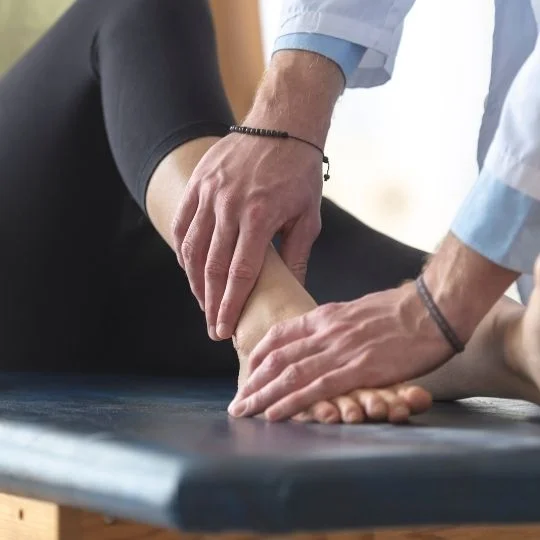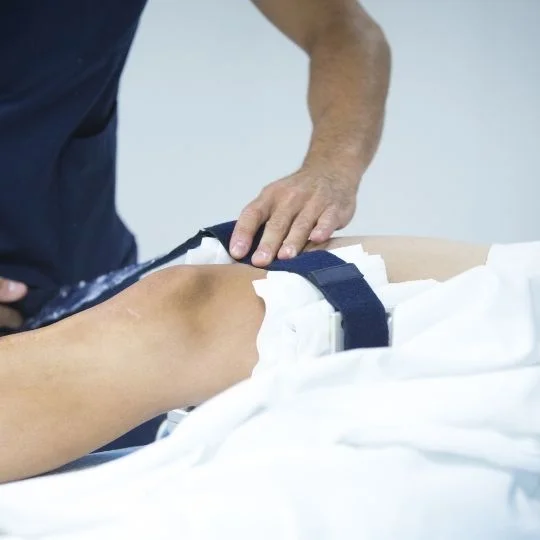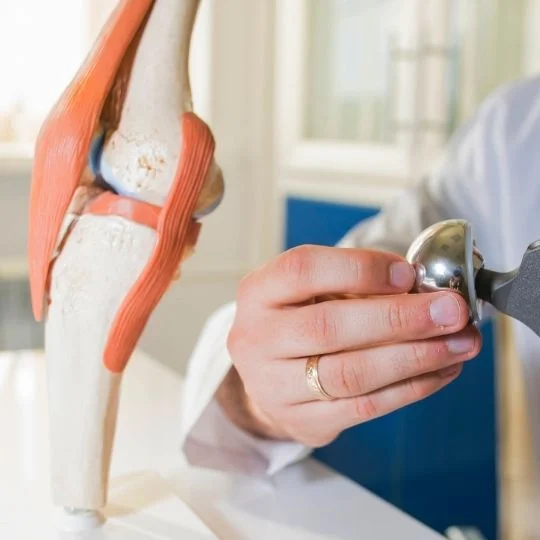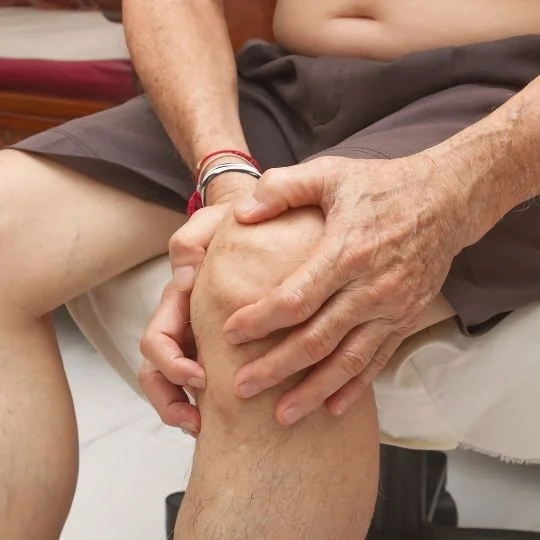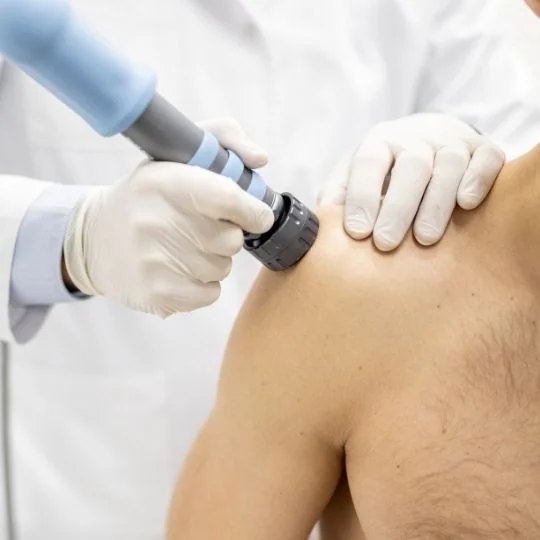Orthopedic surgery is a specialized field of medicine that focuses on diagnosing, treating, and preventing conditions and injuries of the musculoskeletal system. The musculoskeletal system includes the bones, joints, ligaments, tendons, muscles, and nerves that provide structure, support, and movement to the body.
Orthopedic surgeries aim to restore function, alleviate pain, and improve the quality of life for individuals with musculoskeletal conditions. Some common orthopedic surgeries include:
- Joint replacement: This involves removing damaged or diseased joint surfaces, such as those affected by arthritis, and replacing them with artificial joints made of metal, plastic, or ceramic. Common joint replacement surgeries include hip replacement, knee replacement, and shoulder replacement.
- Fracture repair: Fracture repair involves realigning broken bones and stabilizing them with the help of screws, plates, rods, or external fixation devices. The goal is to promote proper healing and restore normal bone function.
- Spinal surgeries: These procedures are performed to treat conditions affecting the spine, such as herniated discs, spinal stenosis, or scoliosis. Spinal surgeries may involve removing a portion of a herniated disc, spinal fusion to stabilize the spine, or decompression surgery to relieve pressure on spinal nerves.
- Arthroscopy: Arthroscopy is a minimally invasive procedure in which a small camera called an arthroscope is inserted into a joint through a small incision. It allows surgeons to visualize, diagnose, and treat various joint conditions, such as torn ligaments, cartilage damage, or joint inflammation.
- Soft tissue repairs: This includes surgeries to repair or reconstruct damaged soft tissues, such as torn ligaments, tendons, or muscles. Common examples include ACL reconstruction, rotator cuff repair, and Achilles tendon repair.
Orthopedic surgeons are highly trained specialists who use advanced surgical techniques to address a wide range of musculoskeletal conditions. They work closely with other healthcare professionals, such as physical therapists and rehabilitation specialists, to provide comprehensive care to patients before, during, and after surgery. The goal of orthopedic surgeries is to restore mobility, alleviate pain, and improve the overall function and quality of life for individuals with musculoskeletal disorders.
How is orthopedic surgeries done?
Orthopedic surgeries are performed using various techniques and approaches depending on the specific condition being treated. Here is a general overview of how orthopedic surgeries are typically done:
- Preoperative preparation: Before surgery, the patient undergoes a thorough evaluation, including medical history, physical examination, and diagnostic tests such as X-rays, MRI, or CT scans. The surgeon discusses the surgical procedure, potential risks, benefits, and expected outcomes with the patient.
- Anesthesia: On the day of surgery, the patient is administered anesthesia to ensure their comfort and safety during the procedure. The type of anesthesia used may be general anesthesia (patient is unconscious), regional anesthesia (specific area is numbed), or local anesthesia (numbing medication is injected at the surgical site).
- Incision: The surgeon makes an incision at the appropriate location based on the surgical procedure. The size and location of the incision vary depending on the specific condition and the surgical approach being used. Minimally invasive techniques, such as arthroscopy, involve smaller incisions compared to open surgeries.
- Surgical techniques: Orthopedic surgeries involve various techniques depending on the condition being treated. These may include joint replacement, fracture fixation, soft tissue repair, spinal fusion, or arthroscopy. The surgeon uses specialized instruments and techniques to address the specific problem and restore the functionality of the affected area.
- Wound closure: After completing the necessary repairs or modifications, the surgeon carefully closes the incision using sutures, staples, or surgical glue. This step aims to achieve proper wound healing and minimize scarring. In some cases, drains may be placed to remove excess fluid from the surgical site.
- Postoperative care: After the surgery, the patient is monitored in a recovery area until they are awake and stable. Specific postoperative care instructions are provided, including wound care, medication management, physical therapy, and follow-up appointments. Physical therapy and rehabilitation are often an essential part of the recovery process to restore function and mobility.
It’s important to note that the exact details of each orthopedic surgery will vary depending on the specific procedure, patient’s condition, and surgeon’s preference. Orthopedic surgeons customize the surgical approach to address the individual needs of each patient while ensuring the best possible outcomes and patient safety.
What should be considered after orthopedic surgeries?
After orthopedic surgery, there are several important considerations for a successful recovery and optimal outcomes:
- Follow postoperative instructions: It is crucial to carefully follow the postoperative instructions provided by your orthopedic surgeon. This may include information about wound care, medication usage, physical therapy exercises, weight-bearing restrictions, and activity limitations. Adhering to these instructions is essential for proper healing and minimizing complications.
- Pain management: It is common to experience pain and discomfort after orthopedic surgery. Take prescribed pain medications as directed by your surgeon to manage pain effectively. It is important to balance pain control with the ability to perform physical therapy exercises and maintain mobility.
- Wound care: Proper care of the surgical incision is essential to minimize the risk of infection and promote healing. Follow your surgeon’s instructions on how to clean and dress the wound. Keep the incision site dry and avoid exposing it to excessive moisture or trauma.
- Physical therapy and rehabilitation: Physical therapy plays a crucial role in recovering strength, range of motion, and function after orthopedic surgery. Attend all recommended physical therapy sessions and diligently perform the prescribed exercises at home. Work closely with your physical therapist to gradually increase activity levels and regain mobility.
- Weight-bearing restrictions: If your surgery involves weight-bearing restrictions, such as using crutches or a walker, follow your surgeon’s guidelines strictly. Avoid putting excessive stress on the surgical area to prevent complications or damage to the healing tissues.
- Nutritional support: Proper nutrition is important for healing and recovery. Eat a balanced diet rich in vitamins, minerals, and protein to promote tissue healing. Consult with a registered dietitian if necessary, especially if you have specific dietary restrictions or concerns.
- Attend follow-up appointments: Regular follow-up appointments with your orthopedic surgeon are essential for monitoring your progress, evaluating the surgical outcome, and addressing any concerns or complications that may arise. These appointments allow your surgeon to adjust your treatment plan and guide you through the recovery process.
By following these considerations and maintaining open communication with your orthopedic surgeon and healthcare team, you can ensure a smooth recovery and optimize the results of your orthopedic surgery.


